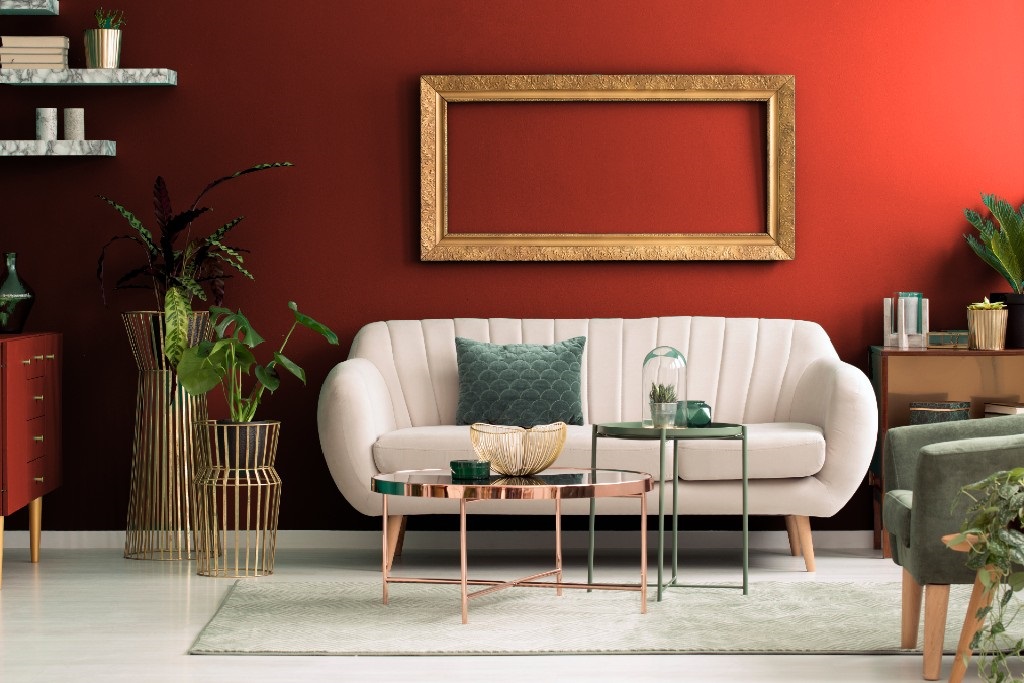When it comes to home design, choosing the right wall paint palette is one of the most impactful decisions you can make. The colors you select can influence not just the look of a room but also the way you feel in it. This guide will explore wall paint palettes, looking at statistics, opinions, and logic behind various choices, all explained simply for easy understanding.
Understanding Wall Paint Palettes
A wall paint palette is a collection of colors that work well together. These colors can be used in one room or throughout a home to create a cohesive look. Choosing the right colors can make a space feel warm, cool, large, or cozy.
Why Colors Matter
Colors affect our moods and perceptions. For instance, studies show that colors like blue can make people feel calm and relaxed, while reds and yellows are more energetic and stimulating. According to a survey conducted by the American Psychological Association, color can influence emotions and behaviors. For example, warm colors (like red and yellow) can create a sense of warmth and comfort, while cool colors (like blue and green) can have a calming effect.
Popular Color Schemes
- Monochromatic Palettes
This scheme uses different shades and tints of a single color. It creates a harmonious and unified look. For example, a light blue, medium blue, and dark navy can work well together. According to a report by Sherwin-Williams, 40% of homeowners prefer monochromatic schemes because they are easy to design around and create a soothing atmosphere. - Analogous Color Palettes
These colors are next to each other on the color wheel, such as blue, blue-green, and green. They offer a sense of harmony and are pleasing to the eye. Designers often recommend this palette for spaces where you want to foster conversation, such as living rooms. - Complementary Color Palettes
Complementary colors are opposite each other on the color wheel, like blue and orange or red and green. This scheme is vibrant and energetic but can be challenging to balance. A study by Pantone found that homes using complementary palettes often evoke feelings of excitement and energy. - Triadic Color Palettes
This palette uses three colors that are evenly spaced on the color wheel. For instance, red, yellow, and blue. It creates a balanced look and is often used in children’s rooms or play areas for a fun and lively atmosphere. According to House Beautiful, this type of palette can enhance creativity.
Factors to Consider When Choosing a Palette
Room Purpose
The function of the room should significantly influence your color choice. A bedroom might benefit from soft, calming colors, while a kitchen might feel more lively with brighter shades. The National Association of Realtors reports that homebuyers are more likely to purchase a home with warm, inviting colors in common areas.
Lighting
The amount and type of natural light a room receives can change how colors appear. For example, a bright room may make a light yellow seem more vibrant, while a darker room could make it appear dull. Behr Paints suggests testing paint colors at different times of the day to see how they look in various lighting conditions.
Size of the Room
Lighter colors can make a small room feel larger, while darker colors may make a large room feel cozier. According to a survey by Real Simple Magazine, 70% of respondents believed that light colors made space feel more open and inviting.
Related: Renew your home with spray paint
Practical Steps to Create a Paint Palette
- Gather Inspiration
Look for inspiration in magazines, online platforms like Pinterest, or even in nature. Take note of colors that catch your eye. - Create a Color Board
Use paint samples or swatches to create a board. This will help visualize how different colors work together. A survey by Dulux found that 65% of people felt more confident in their color choices when they could see them together. - Consider Your Furniture
Think about the colors of your furniture and decor. The paint palette should complement these existing colors rather than clash with them. - Test the Colors
Before committing to a full paint job, apply samples to the walls. This helps ensure you like how the colors look in your home.
Color Trends to Watch
- Earth Tones
In recent years, earth tones like terracotta, sage green, and warm browns have become popular. According to Benjamin Moore, these colors bring a sense of nature indoors and promote relaxation. - Bold Colors
More homeowners are willing to experiment with bold colors. A report by Sherwin-Williams revealed that vibrant hues like deep blues and dark greens are gaining popularity as accent walls. - Neutrals with a Twist
Neutrals are always a safe choice, but now they come with subtle undertones. For instance, warm grays or beige with hints of lavender. HGTV suggests that these shades add depth without overwhelming a space.
Expert Opinions
Interior Designers
Many interior designers emphasize the importance of selecting the right paint palette. Designer Kelly Wearstler states, “Color is a powerful tool in design. It can define spaces, create moods, and influence how we feel.” She suggests that homeowners think about how they want to feel in each room when selecting colors.
Homeowners
Feedback from homeowners reveals that personal preference is key. A homeowner from Ohio shared, “I went with a soft yellow in my kitchen because it makes me feel happy and energized in the morning.” This shows that personal connection to color plays a crucial role in the selection process.
The Science Behind Color Selection
Research in color psychology supports the notion that different colors evoke different emotions. For instance, a study published in the journal Color Research and Application found that blue colors are often associated with calmness and serenity. On the other hand, colors like red can increase heart rates and create excitement.
Case Study: A Room Transformation
To illustrate the impact of a well-chosen wall paint palette, consider the transformation of a family room. The original room featured dark walls, making it feel cramped. The family decided to lighten it up with a soft, pale gray paired with white trim. This change not only opened up the space but also created a serene environment perfect for family gatherings.
Statistics on Room Transformations
According to a study by Houzz, 65% of homeowners reported feeling happier in their homes after a paint makeover. The same study indicated that 55% of respondents believed that fresh paint increased their home’s value.
Related: How to Prepare for Painting the Outside of Your House
Maintenance and Longevity
Choosing the right paint isn’t just about aesthetics; it’s also about longevity. Higher-quality paints may cost more upfront but often last longer and require fewer touch-ups. Consumer Reports states that investing in better paint can save money in the long run due to less frequent repainting.
Conclusion
Selecting a wall paint palette is an important decision that can dramatically affect the look and feel of a space. By considering factors like room purpose, lighting, and personal preference, you can create a color scheme that enhances your home. Remember to gather inspiration, test samples, and think about the emotions different colors evoke. With the right approach, your walls can become a canvas of comfort and style.






